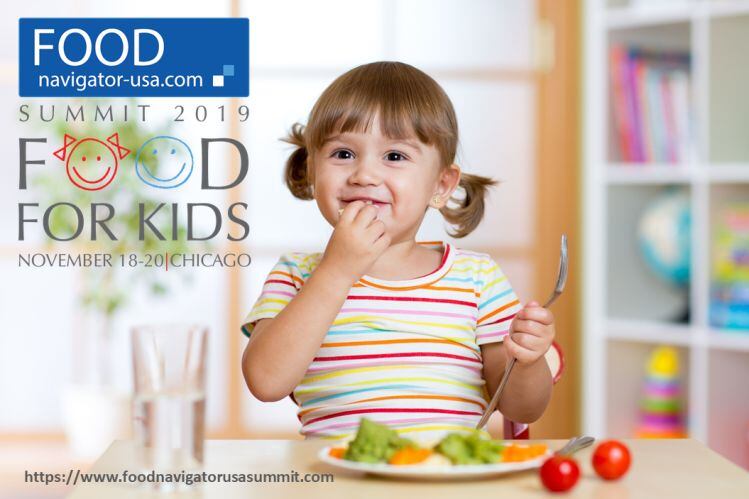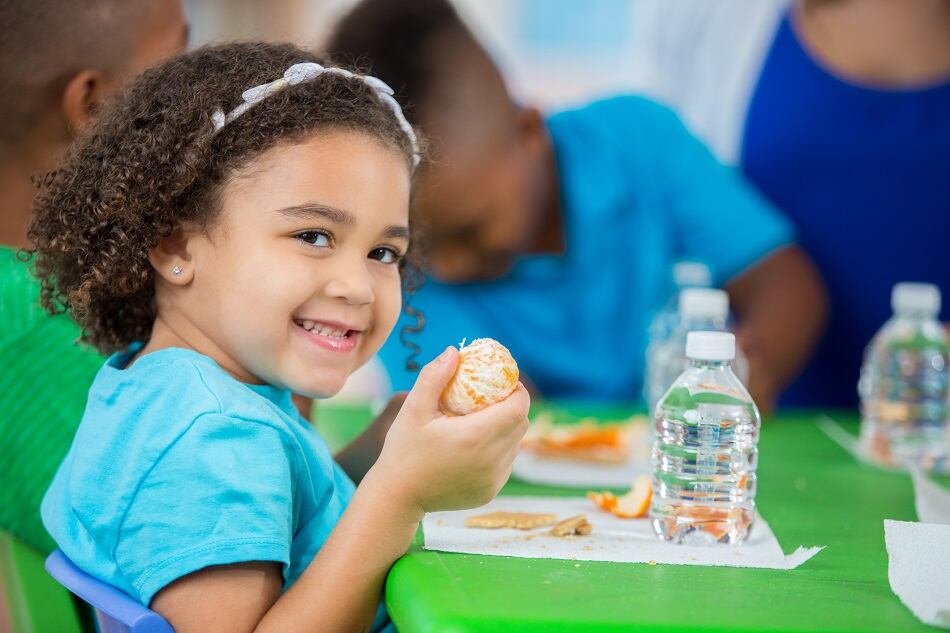Co-author of the study and doctoral student in nutritional sciences at Penn State, Alissa Smethers, said that while it is well researched that adults are more likely to overeat when presented larger portion sizes, some research has shown that young children are more in tune with how many calories they actually need from food and can adjust their eating habits accordingly in a process called "self regulation".
A 2010 study defined child eating self regulation as a set of behaviors "that enable children to start and stop eating in a manner consistent with maintaining energy balance."
However, a growing body of research has shown that self regulating food intake is highly influenced by the portion sizes presented to children by parents and caretakers.
Previous studies have tested the "self regulation" theories by looking at children's eating habits at one meal over a single day, but Smethers noted that it may take longer -- up to three or four days -- for self regulation behavior to kick in for young children. The study's researchers wanted to study the portion size effect in children across a full five days.
What happens when kids are given 50% more food?
With the use of a crossover design, over two periods, researchers served the same five daily menus to 46 children aged 3- to 5-years-old in their childcare centers. In the first period, all food and milk were served in baseline portions, and in the other period, all portions were increased by 50%.
"In the larger portion meals, we wanted to serve portion sizes that the children might encounter in their everyday lives," Smethers said. "For example, instead of getting four pieces of chicken nuggets, they would get six, for a 50% increase."
During both five-day periods, the children were allowed to eat as much or as little of their meals or snacks as they wanted. After the children were done eating, the leftover foods were weighed to measure how much each child consumed.
After analyzing the data, the researchers found that serving larger portions led to the children eating 16% more food than when served the smaller portions, leading to an extra 18% of calories.
"If preschoolers did have the ability to self-regulate their calorie intake, they should have sensed that they were getting extra over the five days and started eating less, but we didn't see any evidence of that," Roll said.
"We found that while the portion size effect is powerful overall, some children seemed to be more susceptible to the effect than others," Smethers said.
According to the study, children with a higher BMI (body mass index) who were rated by their parents as being "more responsive to food when it's in front of them" were more susceptible to overeating when given larger portion sizes.
Strategies to combat overeating
However, the upside to children's responsiveness to large portion sizes is that caregivers and parents can use it as an opportunity to incorporate more fruits, vegetables, and whole grains in a child's diet.
"The positive side is that you can use the portion size effect strategically, for example by serving larger portions of fruits and vegetables to increase their consumption," Barbara Rolls, Helen A. Guthrie Chair and director of the Laboratory for the Study of Human Ingestive Behavior at Penn State, said.
"You can also serve them at the start of the meal or on their own as snacks. When there are no other foods competing with them, kids may be more likely to eat them.
"It's hard to define portions that are appropriate for all preschoolers, since their calorie requirements vary due to differences in height, weight and activity level," Smethers added. "But it's a good idea to look at the proportions of different foods you're serving, with fruits and vegetables filling up half the plate and with smaller portions of more calorie-dense foods, as recommended in the USDA MyPlate nutrition guide."
What is the ideal portion size and nutrient balance for a kids meal or snack? Bring your thoughts and insights to our FOOD FOR KIDS summit taking place in Chicago on Nov. 18-20. Registration is now open!


